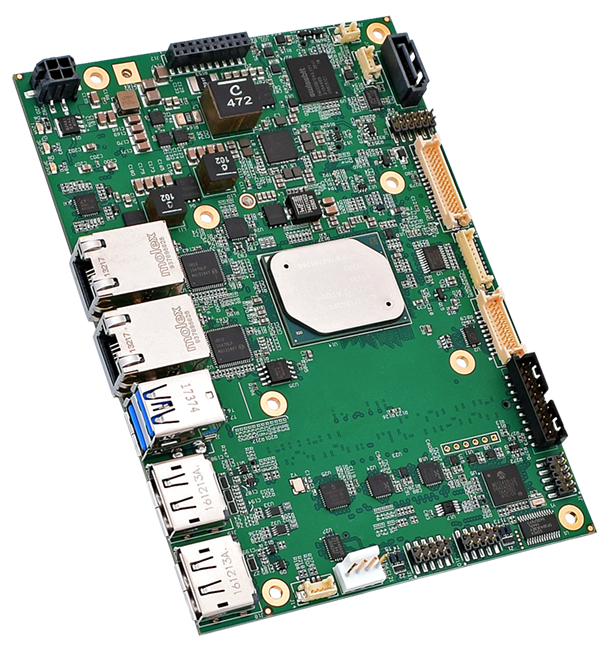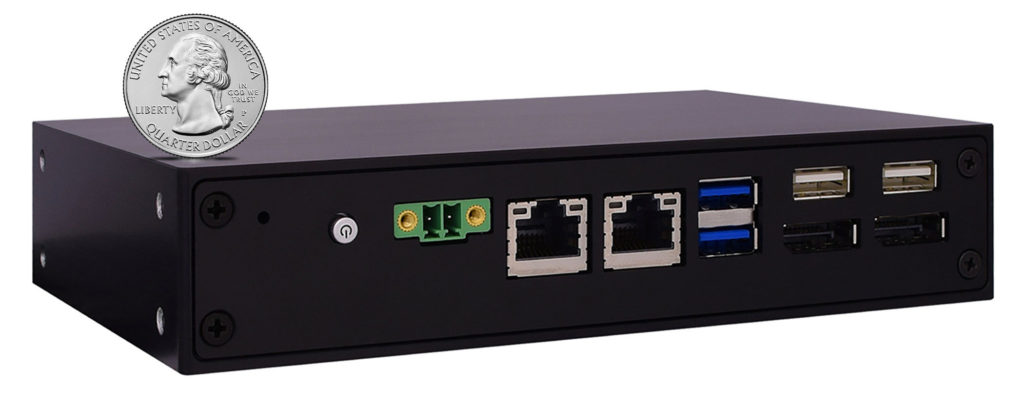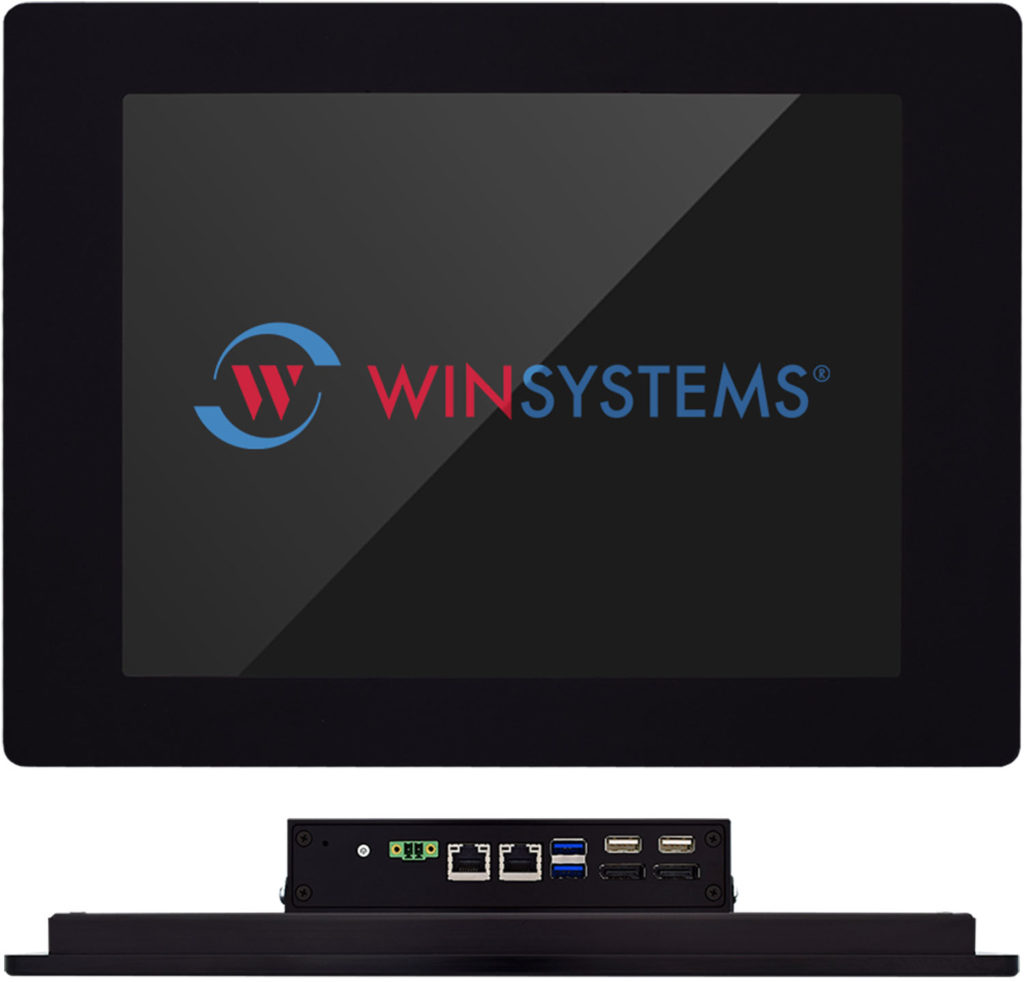
There are so many scenarios in which an embedded industrial computer should be deployed that you couldn’t possibly count them all. However, determining which embedded computer is best for your specific application can be a tricky endeavor.
One way that should be obvious to determine the right platform is to look at the specifications for that platform. Though that’s where it starts to get fuzzy. It’s very difficult, maybe even impossible, to do an apples-to-apples comparison of embedded industrial computers from different manufacturers simply by looking at their datasheets.
I’m not saying that anyone is trying to pull a fast one here, it’s just that not everyone arrives at the specifications in the same way. One common example is operating temperature ranges for embedded industrial computers. Some vendors specify that an embedded single-board computer (SBC) will operate from -40°C to +85°C without providing additional details of how that is to be accomplished.
Is a heat spreader employed in this application? If so, the real numbers can vary based on different aspects of that heat spreader. For instance, take an extreme (albeit not realistic) example of bolting the SBC to an anvil, a fan, or a cooling plate. Only then will the SBC operate at +85°C and keep the CPU and RAM below their maximum temperature. At the other extreme, heaters may be required in the box to boot up at -40°C.
Others may qualify the thermal testing at less than full performance, especially as most modern microprocessors and apps processors have built-in thermal safeguards that can be triggered at different temperatures. However, if the application requires real-time responsiveness, a CPU with throttled performance due to heat likely will not be acceptable. And then there are other vendors who perform full thermal cycle testing while monitoring the CPU for throttling. They then state the required airflow and details on the requirements to meet that operating temperature.
It’s important to note that none of these specifications are wrong, as the products are tested to some capacity to meet the stated specifications. They’re just impossible to compare side by side because they are all performed differently. The key here is for the system architect designing around these products to have an understanding of how they are tested. That way, an evaluation for their particular application can be done. If it’s not clear what conditions were used, make sure to ask questions that meet your intended application’s environment. If you don’t like the answers, you may want to steer clear of that vendor.
Here at WINSYSTEMS, we believe we are very fair when it comes to embedded specmanship. Let’s take a look at some of the products we released recently based on the SBC35-427 single-board computer. First, the SBC35-427 can be configured with a heat spreader, a heat sink, and an optional fan, as well as with different temperature ratings for the SO-DIMMs.

Next, the SYS-427 is an industrial boxed PC that boasts an extremely low profile. It operates at an external ambient temperature of -40°C to +85°C without throttling the processor when it’s ordered with the automotive-grade RAM.

Finally, the PPC12-427 is an IP65-rated multi-touch computer that’s fully operational from -30°C to +85°C.

In reality, the platform operates just fine over the -40°C to +85°C temperature range, but the display begins to fade at the lower temperature. So to steer clear of the whole embedded specsmanship controversy, we specify it at -30°C to +85°C.
The moral of the story is to look at the specs in how they relate to your application. And if you’re not sure, ask.
